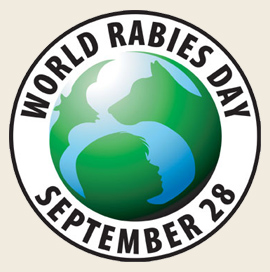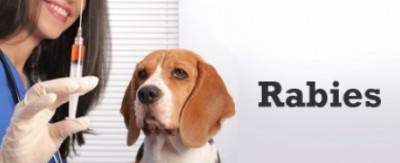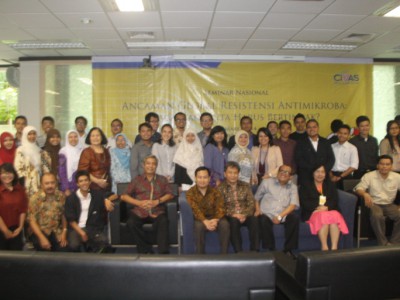Scores of Water Buffaloes in East Sumba Died from Surra
Wednesday, 3 June 2015
Waingapu – Surra disease attacked large ruminants in Tama, Ulimanu village, Tabundung subdistrict, East Sumba district. In May 2015, more than 10 water buffaloes have died because of Surra. Vaccination was commenced to prevent the disease from spreading even further and because many animals have died. This information was delivered by animal husbandry education officer, Daud Umbu Windi, in Tarimbang village, Tabundung subdistrict, East Sumba on Friday (29/5/2015).
“The disease attacking the livestock was positive Surra. In Tama, Ulimani village, scores of water buffaloes have died,” said Umbu Windi who at that time was accompanying Tarimbang Village Chief, Marthen Maramba Djawa. So far, Surra has not affected any animals in Tarimbang village yet.
Animals suffering from Surra will have nasal discharge. Physically the animals are thin, but have strong appetites for food and water. Some infected animals might wobble as they walk.
“Animals infected with Surra will die in the end. None survives,” said Umbu. To prevent the disease from spreading and killing more livestock, vaccination has been conducted. Over 80 animals were vaccinated to prevent the disease.
“We have reported this incident to the local Livestock Services. We were instructed to vaccinate animals to prevent the disease. And we have conducted vaccination. We obtained the vaccines from Livestock Services,” said Umbu Windi.
Information quoted from www.peternakan.com explains that Surra is a disease caused by the blood protozoa Trypanosoma evansi. The parasite is transmitted by blood-sucking flies. This disease can affect all livestock species. In Indonesia, Surra often attacks cattle and water buffaloes, and rarely horses.
Surra can cause significant economic impact because treatment is expensive. The disease is transmitted when an animal is bitten by a parasite laden blood-sucking fly (vector), particularly those from the Tabanus sp. genus. The parasite could be found circulating in an animal’s blood during the acute infection phase. Trypanosoma evansi parasites can propagate by dividing itself.
The transmission of Surra is closely related to animal transportation or movement. Sporadic spread means Surra can emerge anytime depending on the condition of the environment, the animal’s immunity, and fly (vector) population. The rainy season is the best time for flies to reproduce as they require bodies of water.
Common clinical symptoms of Surra in cattle and water buffaloes are increased body temperature (fever), head spinning (in buffaloes), lethargy or weak, dry and rough coat and skin, petechial hemorrhages on the eyelids, nose and anus, loss of appetite, enlargement of the left and right prescapularis lymphnodes, weight loss, and reduced reproduction. A decrease in milk production could be observed in dairy cows and stunting can happen in water buffalo calves.
Sick animals should immediately be separated from healthy animals and placed in enclosed quarantine pens free from flies. Routine extermination of insects in pens and the surrounding environment could help prevent Surra.
Animals can be treated/sprayed with insecticides safe for animal use. Cleaning of animal wastes and leftover feed is highly recommended. Also important is maintaining overall pen cleanliness, preventing dampness, and providing clean feed and water for animals. (Editor: Ferry Jahang).
Source: Pos Kupang











